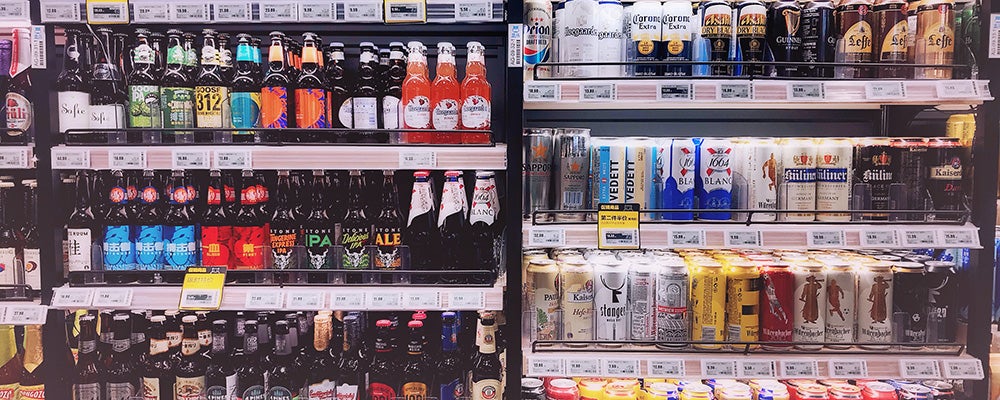
A policy change that allowed alcohol to be sold in grocery stores in Ontario has led some teens to go from abstaining from alcohol to binge-drinking multiple times per week, a new study has found.
Youth who were originally abstinent were 75 per cent more likely to transition directly to the highest-risk category when alcohol was available in grocery stores, said Mahmood Gohari, a post-doctoral fellow in the School of Public Health and Health Systems at the University of Waterloo.
“That means they transitioned from not consuming alcohol to consuming it four times per week with binge-drinking twice per week,” said Gohari, the lead author of the study. “Luckily, we are not talking about a huge number of students – only 1 percent. But this transition is still alarming.”
The researchers used data from more than 2,200 Grade 9 students over four years – two before the 2015 policy change and two afterward from the COMPASS Study, a longitudinal survey of more than 65,000 Canadian youth. They compared the groups who had access to grocery-store alcohol with two control groups: areas in Ontario where grocery stores did not sell alcohol, and data from Alberta, where alcohol has been sold in grocery stores for years.
High-risk regular drinkers were the other group that was affected. “They maintained their high-risk behaviours for longer than the two control groups, which is concerning,” Gohari said.
However, they found that the policy change had no impact for 57 percent of those who drank periodically— consumed alcohol three times per month and no binge drinking—and those were classified as low-risk drinkers—some binge-drinking.
“This is a good thing: availability increased but their consumption did not,” Gohari said. “But from another perspective, it is not a good thing, because they maintained their consumption, and all the time, public health authorities are trying to decrease their consumption.”
He said the implication of these findings is that policymakers need to consider sub-populations when making decisions based on aggregated data. “They must look at sub-populations that could be high-risk, even if they are not as plentiful,” Gohari said. “Repercussions can be quite severe if policy-makers see populations as homogeneous. Sub-populations should not be ignored.”
The study, The impact of alcohol policy change of developmental trajectories of youth alcohol use: examination of a natural experiment in Canada, was published in the Canadian Journal of Public Health. It was co-authored by Gohari, Martin Cook, Joel Dubin and Scott Leatherdale, all at Waterloo.